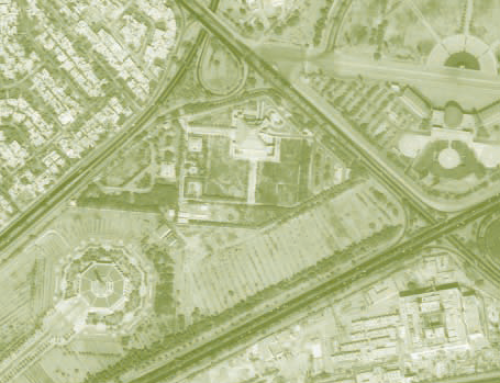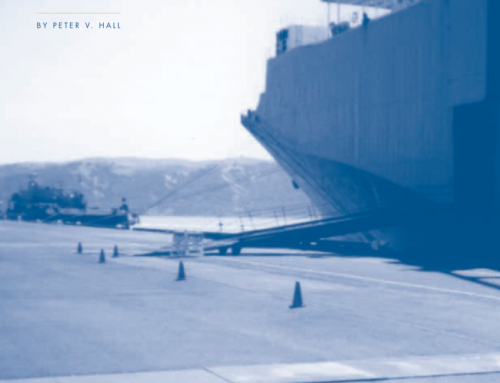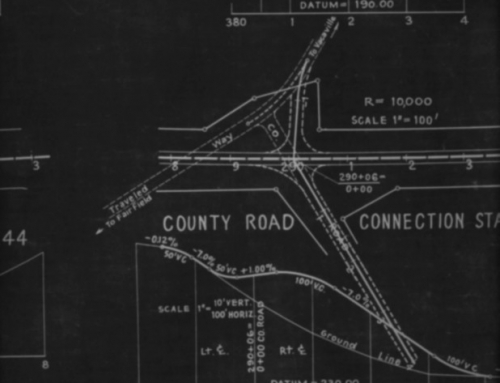Californians are likely to approve bonds for a high-speed passenger train system from San Diego to Sacramento, running via Los Angeles and Central Valley cities with extensions to the Bay Area. Promoters say that, as the alternative to air and highway travel, it will help clean the air, save time and money, reduce congestion, and do other good things. Skeptics point to informal construction estimates reaching upwards of thirty billion dollars, to the long history of cost overruns among large public-works projects, and to the political influence of construction interests.
I usually don’t complain when folks spend their money as they wish. But, as an old railroad buff and a life-long student of railroading, I’m concerned about the way high-speed trains are being sold to voters and about the potential consequences of this investment. Are we being conned into buying polished-up old technology that reflects a false image of modernity? And might the project later thwart future technological and social advances by absorbing resources and constraining choices?
This should have been a hard sell, because America’s long-distance passenger trains were long ago superseded by automobiles and airplanes. According to the 1995 American Travel Survey, trains serve about half of one percent of domestic round trips of over 100 miles one-way—4 million miles by train and 130 million by plane, compared to 500 million by auto. Promoters say high-speed trains will change that. California will use contemporary French TGV or Japanese Shinkansen equipment at speeds approaching 200 mph. But can high speed alone overcome the obsolescence of passenger rails?
he sales pitch had some rough spots, as sales pitches do. I’ve heard it said that rail subsidies are warranted for “balance” because the feds spend $25 billion or so on highways each year. It’s also said they’re fair because the aviation system is supported by public subsidies—thus cleverly ignoring airfare surcharges, fuel taxes, and airline landing fees that cover most costs.
Voters are rightly enthusiastic about what new innovations can do for them. Commonly, new technologies improve the ways people do what they were already doing. But the technological advances in transportation and communications have done much more: passenger railroads reinforced the industrial revolution, mass migration from farm to city, and parallel shifts in American culture. They enabled dramatic social and economic development and qualitatively different opportunities for education, work, and play. Development has meant expanded choices, further opportunity for innovation, ways to increase productivity and efficiency, and freedoms unimaginable a century ago. Personal lives have been immensely enriched as a consequence.
That dynamic worked well with passenger railroads from 1825 to about 1920. Rapid technological improvements enhanced all aspects of railroading. Individuals and organizations who used the rail services were discovering new things to do. But later, still-newer technologies and still-newer activities led to declines in the passenger-train market.
It’s no matter now that the proposed trains will run faster and look modern. It’s no matter that high-speed trains emerged from slower services in Japan and Europe and that niche markets might emerge from Amtrak services in the US. What does matter is whether speeded-up 19th-century services will contribute technological, economic, and social advances sufficient for the 21st-century world.
I fear that over-sold high-speed trains may become a drag on the 21st-century recipe for progress. Having built their institutional form on military and similar models, present-day passenger railroads remain 19th-century industrial enterprises. They run on inflexible rules, are host to management and labor monopolies, and have few options for productivity improvements. This is not a dynamic one would want to buy into.
Who are the villains in this drama? Not the voters. They are right to bet on new technology, and many have been seduced by pay-later bond financing augmented by free money from Washington. Promoters? The world needs such folks.
Perhaps the real villain is our own failure to question the obvious.
William L. Garrison






